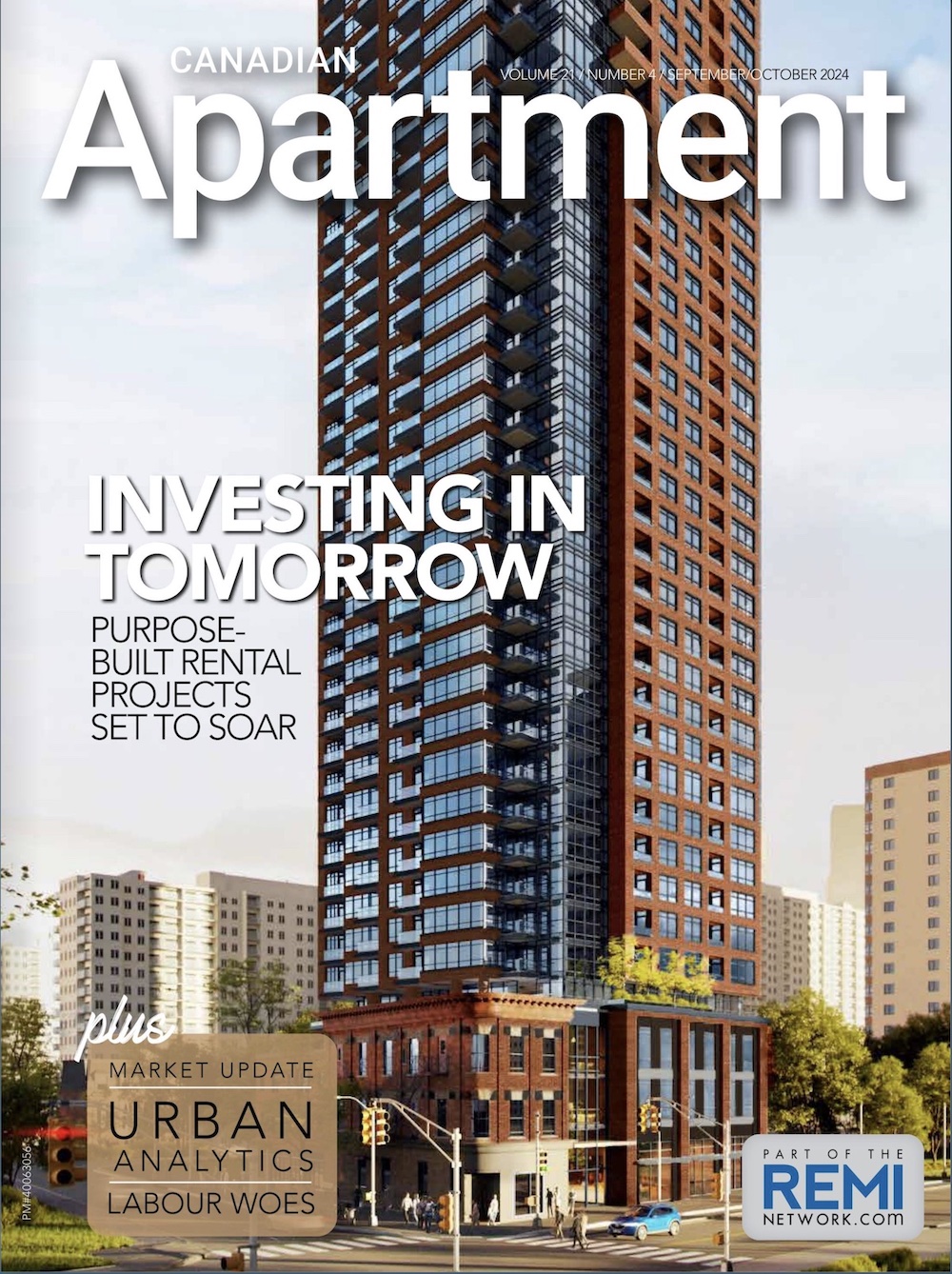Toronto’s pilot program to advance loans for energy and water efficiency upgrades has received a positive review from third-party evaluators. A new report prepared for city councillors recommends increasing the upfront loan limit — which is later repaid through special charges added to property tax bills — for multi-residential landlords and expanding eligibility to include low-rise buildings with fewer than five storeys.
Independent analysts from Dunsky Energy Consulting looked at three years of results since the program was launched in January 2014 with $20 million in seed funding — $10 million each for the multi-residential rental and single-family ownership sectors. At the time, Toronto was the first Ontario municipality to take advantage of new flexibility to apply local improvement charges (LIC) toward privately owned residential property. (Traditionally, they have been levied to property owners who benefit from specified types of investment on public land.)
For multi-residential landlords, the retrofit loan fund provides an opportunity to borrow project capital and repay it in instalments with their property tax over a period of up to 20 years. Loans are registered on the property title so that any subsequent purchasers would assume repayment obligations.
Thus far, property owners haven’t necessarily rushed to take advantage of the program. About two-thirds of the original $20 million remains untapped after three years, but landlords’ uptake of the multi-residential component — known as the High-rise Retrofit Improvement Support (Hi-RIS) program — surpasses homeowners. As of December 2016, $4.2 million had been allocated for improvements in six buildings comprising 1,078 suites, compared to $2.1 million dispensed for 125 single-family houses.
The energy consultants calculate average savings of 5,439 gigajoules (GJ) per Hi-RIS project, breaking down to a 27 per cent reduction in natural gas consumption, a one percent drop in electricity use and annual emissions reductions of 1,431 tonnes of carbon dioxide equivalent (eCO2).
“Hi-RIS enabled owners to commence projects two to five years sooner than they would have without the program and pursue projects with longer paybacks than they would have considered otherwise,” the report submitted to Toronto’s parks and environment committee states. “Projects are expected to increase building value as the energy and maintenance savings will increase the net operating income.”
Under program rules, applicants could qualify for a maximum loan equivalent to 5 per cent of the property’s assessed value, as determined by the Municipal Property Assessment Corporation. Measures implemented in multi-residential buildings, which include replacement of windows and balcony doors, roofing and mechanical system upgrades, are estimated to have delivered total annual operating cost savings of $230,000 for an 18-year simple payback on investment.
Although that’s a longer payback period than many business operators would typically consider, proponents of the LIC funding mechanism suggest it can be less daunting than conservation initiatives contingent on meeting a specified target for energy savings and/or can be used in combination with other incentive programs to stretch capital funding. Project proponents generally also have more time to repay loans than they would through conventional financing.
“Both programs (Hi-RIS and single-family) provide financial flexibility to cover non-energy work linked to energy improvements, such as maintenance upgrades and environmental remediation, which simultaneously enhances building quality and durability in addition to energy efficiency,” the report notes.
Multi-residential landlords have until December 31, 2018 to take advantage of the pilot program. With nearly $6 million still left in the kitty, the city staff report recommends: raising the ceiling for loans to 10 per cent of the property’s assessed value or $2 million, whichever is the lesser amount; lowering criteria for building size from the current requirement of five or more storeys; and allowing funds to be invested in renewable energy technologies in addition to conservation-related upgrades. The parks and environment committee will consider the report at its meeting today.






